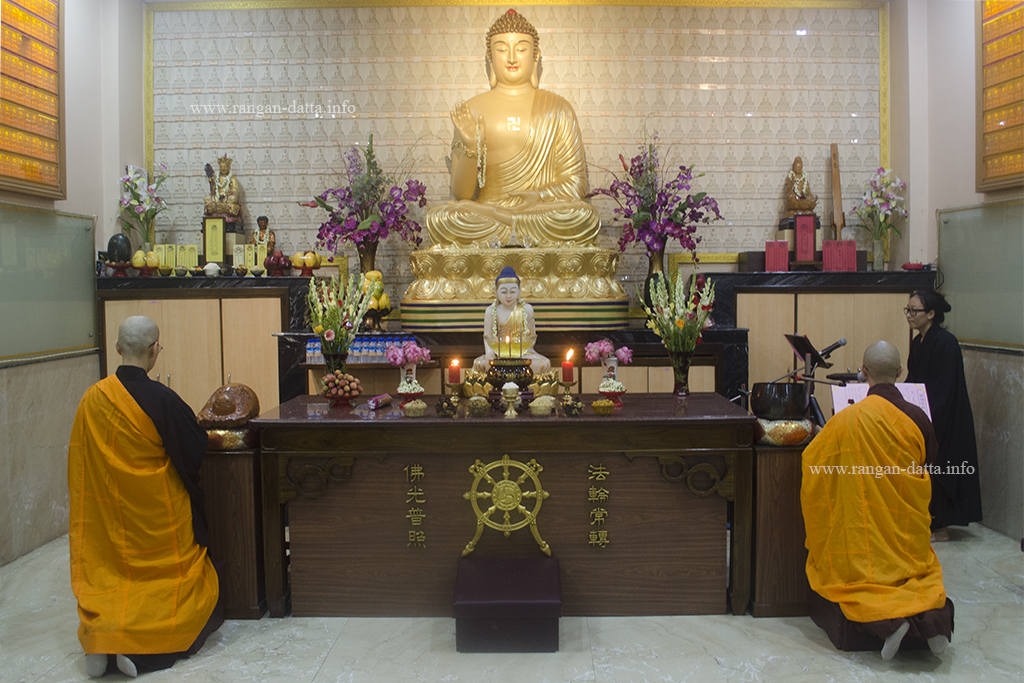Archive
Qingming (Tomb Sweeping Day), Tangra, Kolkata
Qingming (Tomb Sweeping Day)
Tangra (New Chinatown), Kolkata
Also see: My blog post on Calcutta (Kolkata) Chinatown
Qingming or the Tomb Sweeping Day is held on the 15 th day after the spring equinox and normally falls on 5 or 6 April.

Qingming (Tomb Sweeping) at Choong Ye Thong Cemetery, Tangra (New Chinaatown), Kolkata
On this day the Chinese pay tribute to their ancestors by cleaning the tombs and offering elaborate food spread in front of the graves. It can be considered as the Chinese version of the All Souls’ Day.
Buddha Purnima Celebration at Fo Guang Shan Monastery, Kolkata
Buddha Purnima Celebration at Fo Guang Shan Monastery
Tangra (New Chinatown) Kolkata
Also see: My blog post on Calcutta (Kolkata) Chinatown and Buddhist Temple of Kolkata (Calcutta)
It was 21 May 2016 and the world celebrated the Buddha Purnima (Purnima means full moon), which marked the birth of Lord Buddha.

Two nuns in front of the giant Buddha statue, on the occasion of Buddha Purnima, at Fo Guang Shan Monastery, Tangra, Kolkata
Strangely, even according to the lunar calendar, the birth of Lord Buddha is not constant and is celebrated on different days in different countries all over Asia.
Choong Ye Thong, Chinese Church (Temple), Calcutta (Kolkata)
Choong Ye Tong, Chinese Church (Temple)
Meredith Street, Calcutta (Kolkata)
Also see: My blog post on Calcutta (Kolkata) Chinatown
I was welcomed into a small courtyard, with walls lined with sepia tinted photographs bound in ornate frames. Flights of stairs led me to the the second floor housing a small hermitage housing beautiful images of unknown Gods and Goddess. Yes this is the Choong Ye Tong, Chinese Church (Temple), one of the seven Chinese Temples of Central Calcutta.
Achipur ~ Birth Place of Calcutta Chinatown
Achipur
~ Birth Place of Calcutta Chinatown ~
In the late 18th century a Chinese tea trader by the name of Tong Achew landed on the banks of Hooghly, somewhere near present day Budge – Budge, never to return again. The then Governor General Warren Hasting granted land to Achew to set up a sugar cane plantation and sugar factory. According to records to British East India Company “Achew was granted 650 bighas of land about 6 miles south of Budge – Budge for an annual rent of Rs 45.”
After acquiring the land Achew set up a sugar – cane plantation along with a sugar mill. He brought in a band of Chinese workers to work in his plantation and factory and thus forming the first Chinese settlement in India. But Achew died soon after and his sugar factory was abandoned. His workers left for the city of Calcutta, where their descendents still continue to live.














